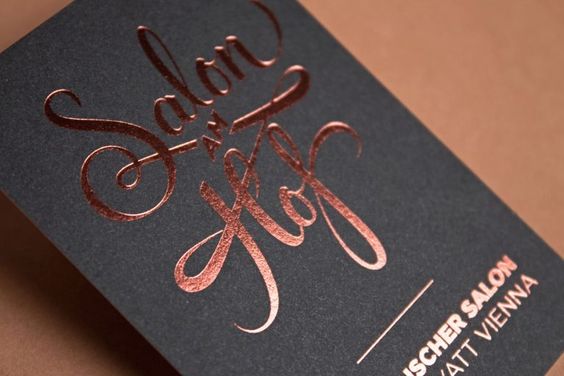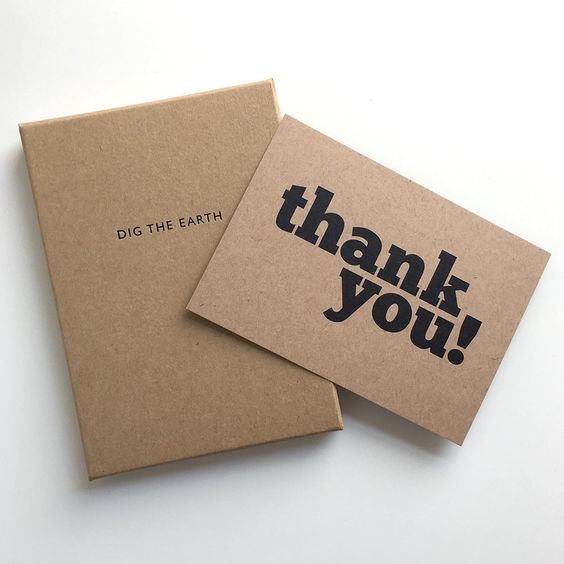Introduction
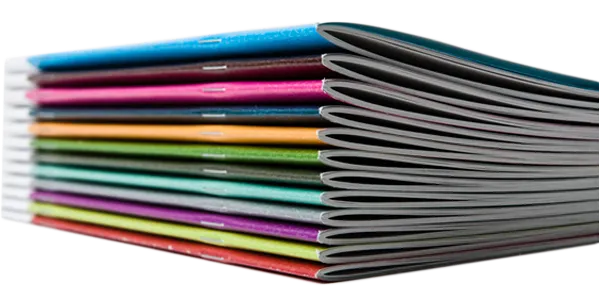
In book printing services, the binding method plays a pivotal role in the final presentation and durability of the product. Among the various critical techniques available, Saddle Stitch Binding stands out for its simplicity and effectiveness, especially for smaller publications like booklets, magazines, and catalogs. As a leading book printing Manufacturer, we specialize in offering tailored Saddle Stitch Binding services that meet the diverse needs of our clients, ensuring a blend of quality, aesthetics, and functionality.
What is Saddle Stitch Binding?
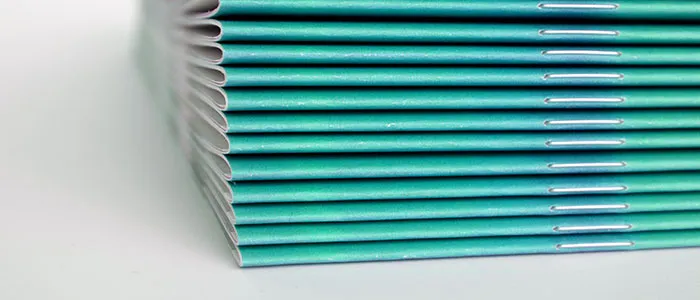
Saddle Stitch Binding is a popular and cost-effective method used by book printing services, ideal for small to medium-sized publications. In this process, folded sheets are gathered inside the other and then stapled through the fold line with wire staples. The staples are inserted from the outside along the fold line, penetrating through the layers of pages, and are then securely fastened or clinched in the middle of the booklet. This technique is highly favored in the book printing industry for its simplicity and reliability.
Unlike other binding methods such as perfect binding or spiral binding, Saddle Stitch Binding is not only budget-friendly but also allows the book to lay flat when opened, making it an excellent choice for reading ease. As a renowned book printing Manufacturer, we ensure that our Saddle Stitch Binding services balance quality and cost-effectiveness for our clients.
Benefits of Saddle Stitch Binding
Saddle Stitch Binding offers several advantages, making it a preferred choice for many book printing projects. Here are some key benefits:
Cost-Effective
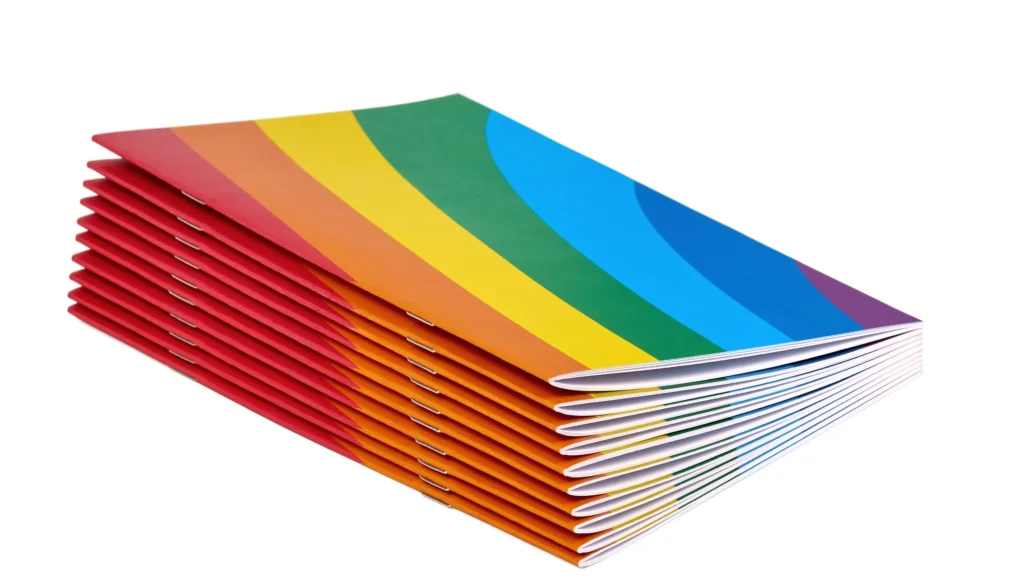
Saddle stitch binding is economical for those seeking affordable book printing services. It requires fewer materials and less labor than other binding methods, making it a cost-efficient solution for printing projects like brochures, magazines, and catalogs.
Aesthetic Appeal
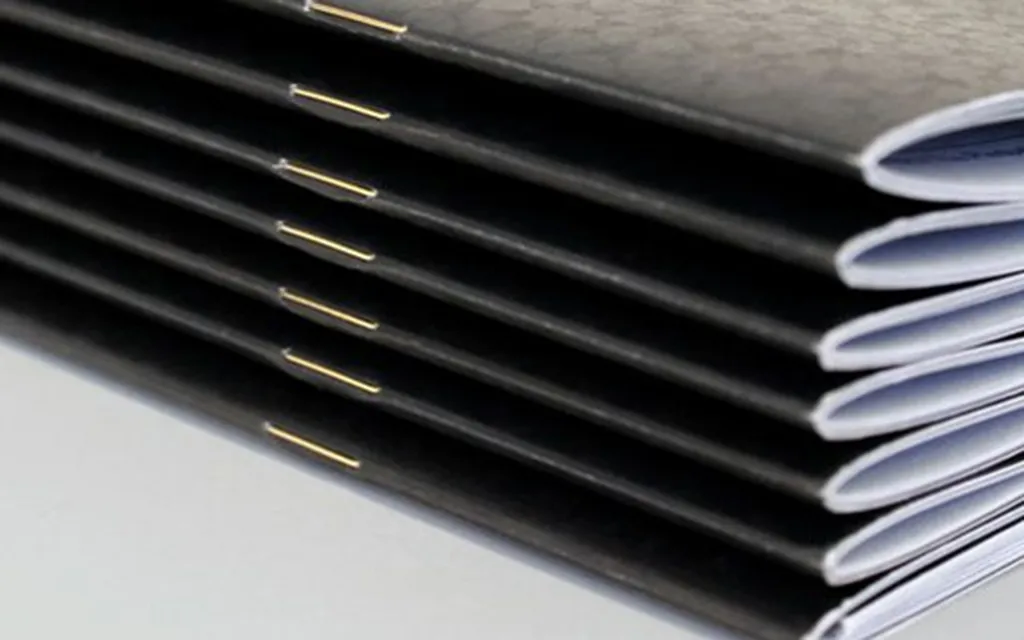
Books and booklets bound with saddle stitching have a clean, professional look. This binding method allows for a neat and flat spine, enhancing the overall aesthetic appeal of the printed material.
Versatility
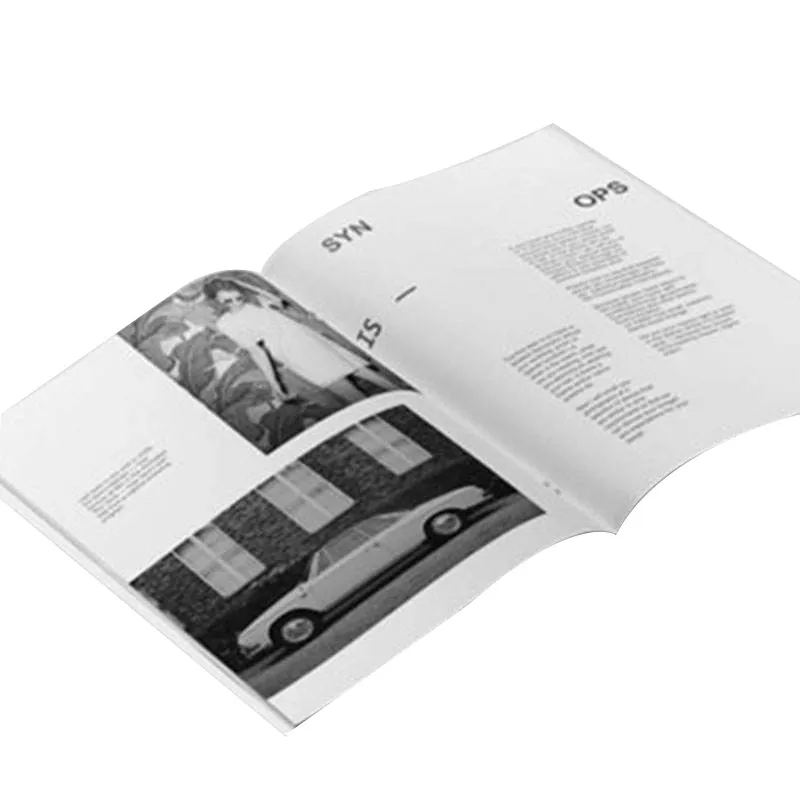
Saddle Stitch Binding services are incredibly versatile and suitable for various printing projects. Whether a small booklet, an extensive catalog, or a corporate report, this binding method can adapt to multiple sizes and paper types, offering flexibility for custom printing needs.
As a book printing Manufacturer, we understand the importance of having a binding option that looks good and is practical and versatile for different types of projects.
Customization Options in Saddle Stitch Binding
Personalization is crucial in creating unique and memorable printed materials in custom book printing services. Saddle Stitch Binding services offer a range of customization options to cater to diverse client needs:
Cover Materials and Design
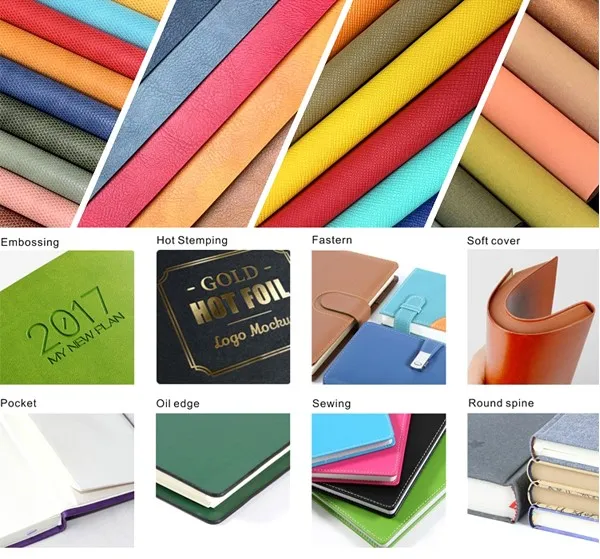
To make their publications stand out, clients can choose from various cover materials, including glossy, matte, or textured finishes. The cover’s design can be tailored to reflect the brand identity or the theme of the content.
Paper Types and Sizes
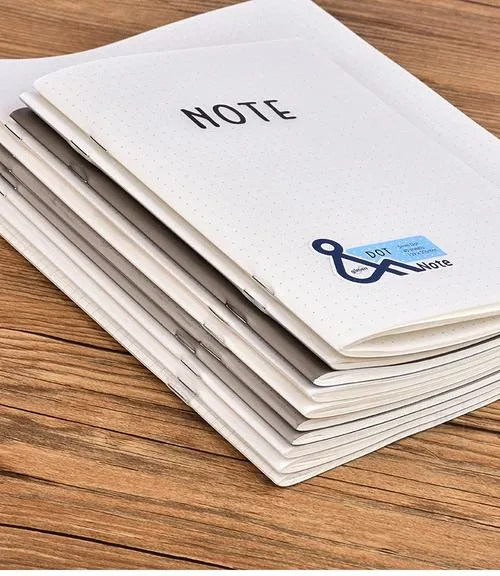
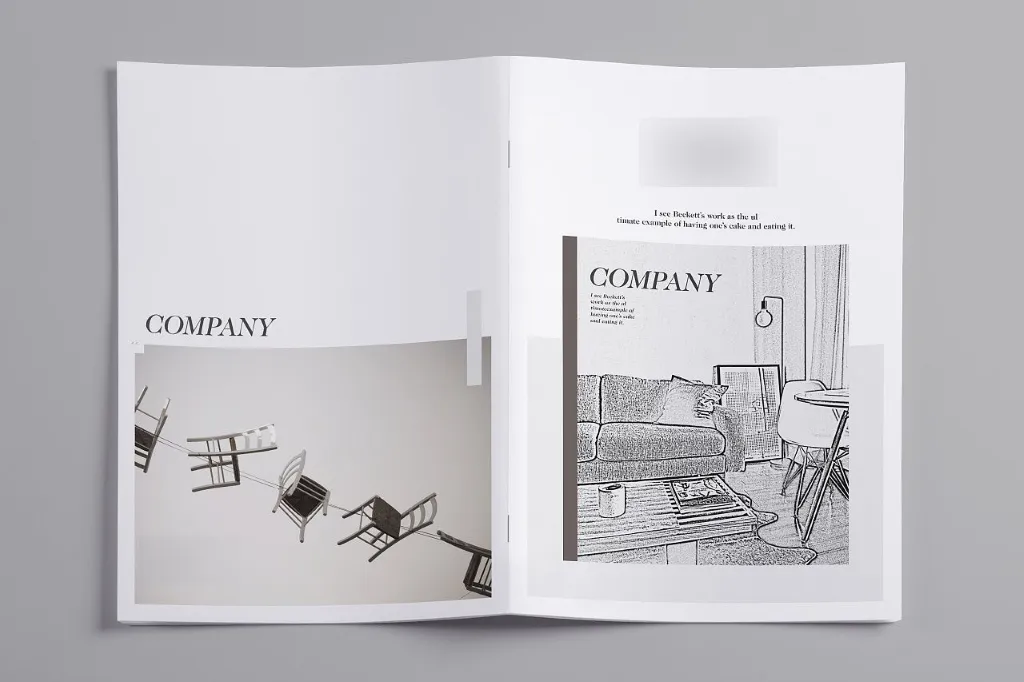
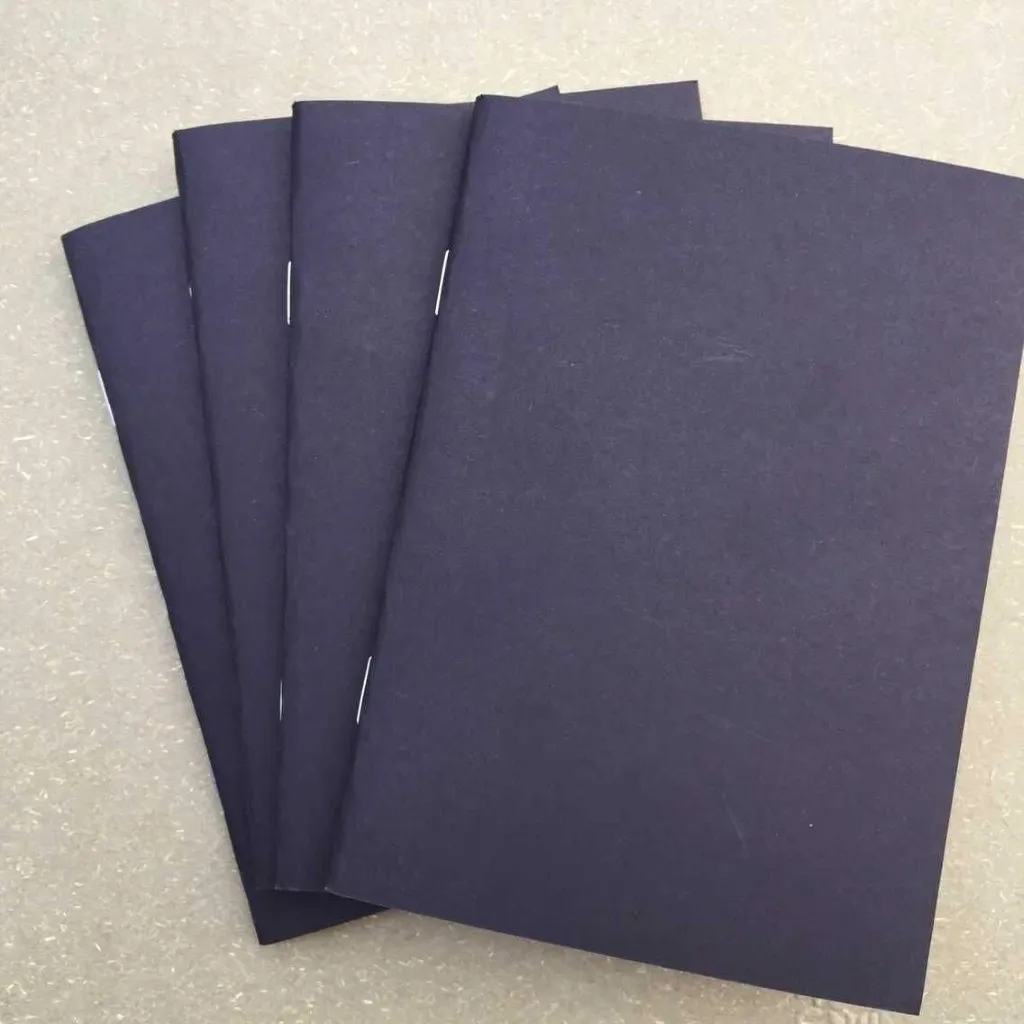
The flexibility in paper choice is another advantage of Saddle Stitch Binding. The options are vast, from lightweight papers for simple pamphlets to heavier stock for premium catalogs. The publication size can also be customized, ranging from small handbooks to more prominent magazines.
Stitching Thread and Colors
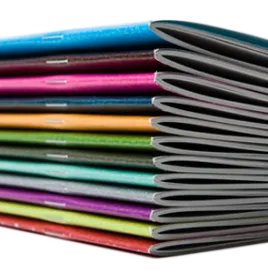
While traditional saddle stitching uses staples, there is room for creativity. Different colors of pins or threads can be used to add a unique touch to the binding, aligning with the overall design theme of the publication.
As a leading book printing manufacturer, we ensure that our Saddle Stitch Binding services are not just about binding pages together; it’s about creating a product that perfectly encapsulates our client’s vision and requirements.
DIY Guide: Detailed Steps for Manually Creating Saddle Stitch Binding
For enthusiasts and DIYers, mastering the art of Saddle Stitch Binding can add a personal touch to your projects. Here’s a detailed guide to manually create Saddle Stitch Binding, perfect for crafting personalized booklets or small publications.
Materials Needed
- Paper: Choose quality paper for your book’s pages and cover.
- Thread: Use durable thread or thin wire staples for a traditional look.
- Needle: A large-eyed needle for threading or a staple gun for stapling.
- Awl: To puncture precise holes along the spine.
- Ruler: For accurate measurements.
- Scissors or Paper Cutter: For cutting paper to size.
- Bone Folder (optional): For crisply folding your pages.
Detailed Steps
Step 1: Preparing Your Paper 备料
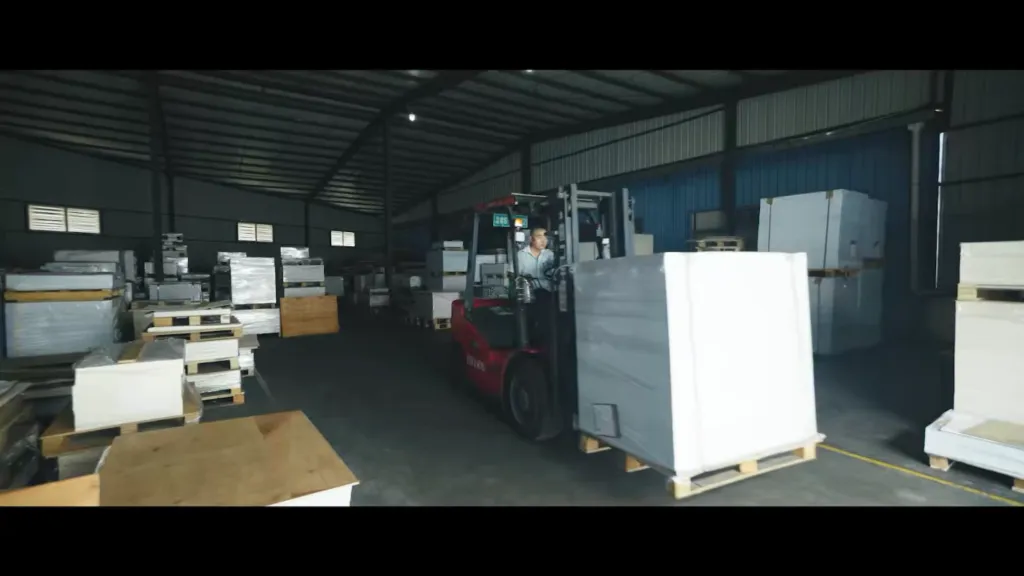
- Measure and Cut: Measure and cut your paper to the desired size. Remember that each sheet will form four pages.
- Fold: Fold each sheet in half. Use a bone folder for a sharp crease.
Step 2: Aligning the Pages 排页
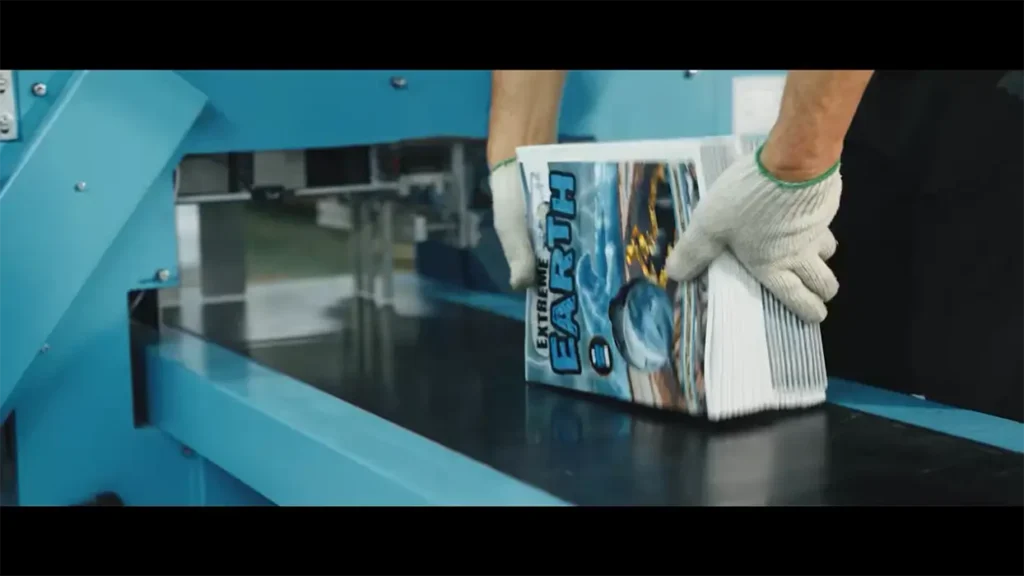
- Stack Your Pages: Place the folded sheets on top of each other in order, ensuring they line up correctly.
- Clamp: Use small clamps or weights to keep the pages from shifting.
Step 3: Stitching Process 骑钉
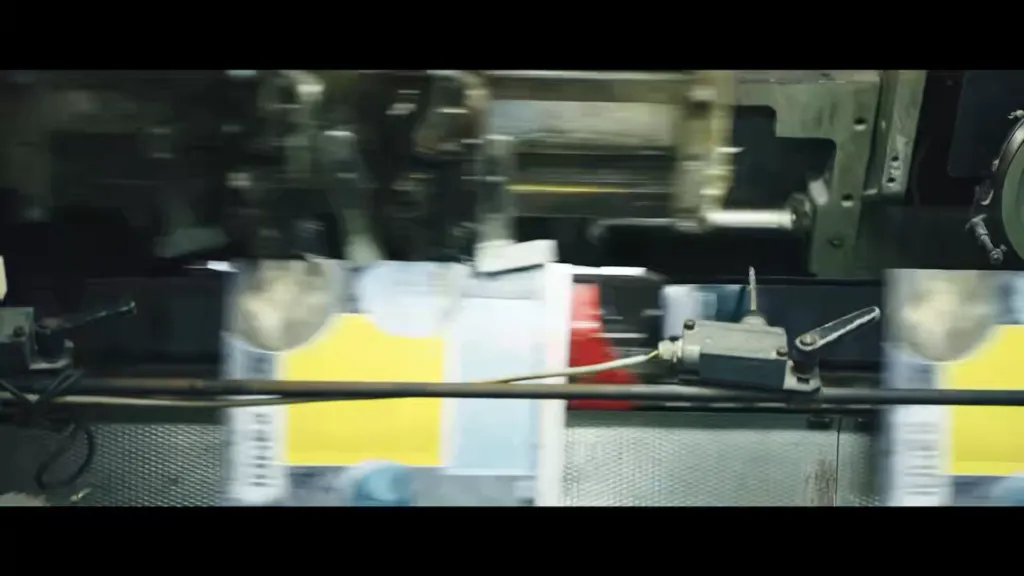
- Thread the Needle: Cut a thread length as long as your arm.
- Starting the Stitch: Start from the outside, leaving a tail of yarn, or staple the spine, starting from the center hole.
- Stitch Pattern: Use a simple running stitch or pamphlet stitch, 1ensuring each pass is tight and even.
- Finishing the Stitch: After the last hole, loop back through some stitches for security, then tie off.
Step 4: Trimming and Finishing Touches 切成品
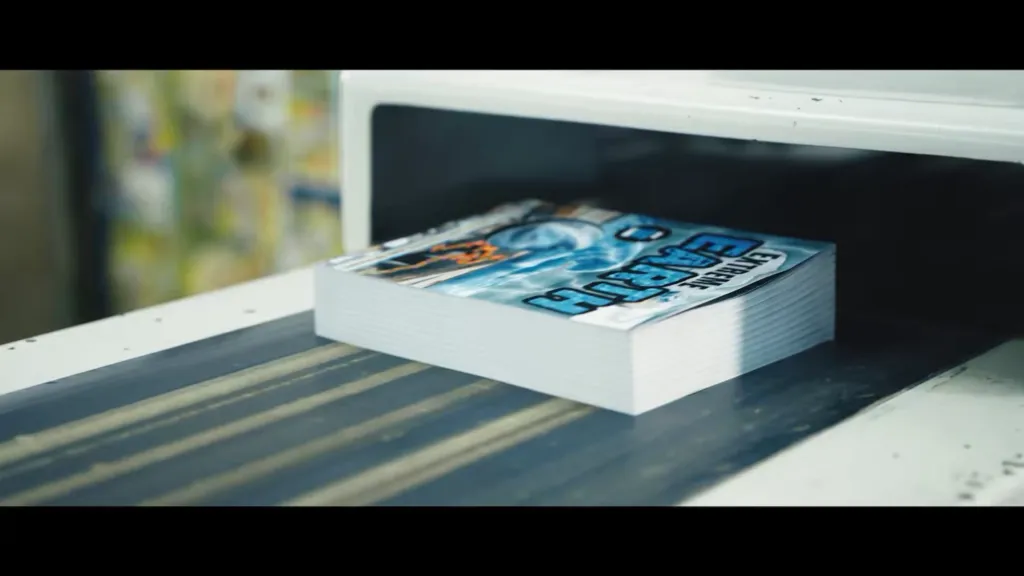
- Trim Excess Thread: Cut any excess thread close to the knot.
- Final Touches: Consider trimming the edges of the booklet for a uniform look.
Following these steps, you can achieve a professionally-looking Saddle Stitch Binding at home. While this DIY method is more intricate than professional book printing services, it provides a unique sense of accomplishment and personalization for your projects.
Design Considerations for Saddle Stitch Binding
When designing a publication for Saddle Stitch Binding, specific considerations must be considered to ensure a professional finish. This is crucial whether you’re working with a book printing Manufacturer or taking on a DIY project.
Layout Design
- Bleed and Margins: Allow for bleed in your design, significantly if your images or colors extend to the edges of the pages. Margins should be adequate to prevent critical content from being cut off or lost in the spine.
- Page Numbering: Remember that saddle-stitched books need to have page counts in multiples of four.
Avoiding Common Pitfalls
- Creep: In thicker booklets, inner pages protrude more than outer pages. Adjust margins or slightly reduce page sizes to compensate for this.
- Color Consistency: Ensure color consistency across pages, particularly for books with many images or colored backgrounds.
Professional Touch
- Cover Design: The cover should be striking and reflective of the content. It can be printed on a heavier paper stock for added durability and quality feel.
- Spine Width: While saddle stitch doesn’t have a traditional spine, for thicker booklets, the spine width should be considered in the design, especially if you plan to print any information on it.
By considering these design considerations, whether utilizing book printing services or doing it yourself, you can ensure your saddle-stitched publication is functional and aesthetically pleasing.
Common Uses of Saddle Stitch Binding
Saddle Stitch Binding, favored for its simplicity and cost-effectiveness, is widely used in various printing projects. As a book printing Manufacturer, we have seen a range of applications for this binding technique:
Magazines and Catalogs
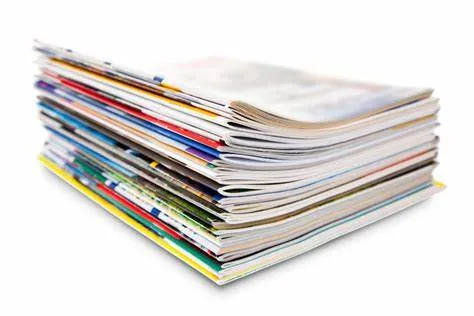
Due to its ability to lay flat when open, Saddle Stitch Binding is ideal for magazines and catalogs, providing a user-friendly reading experience.
Event Programs and Manuals
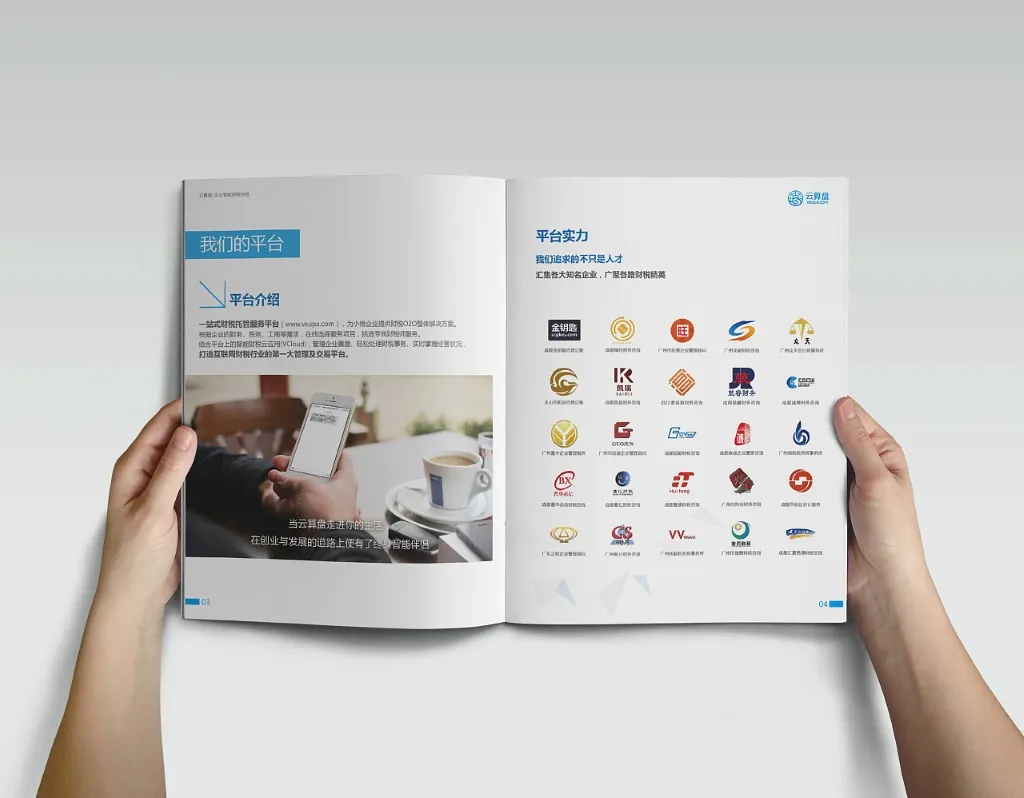
Event programs, manuals, and short guides benefit from this binding method due to its straightforward yet durable nature, suitable for handling and frequent use.
Marketing and Promotional Materials
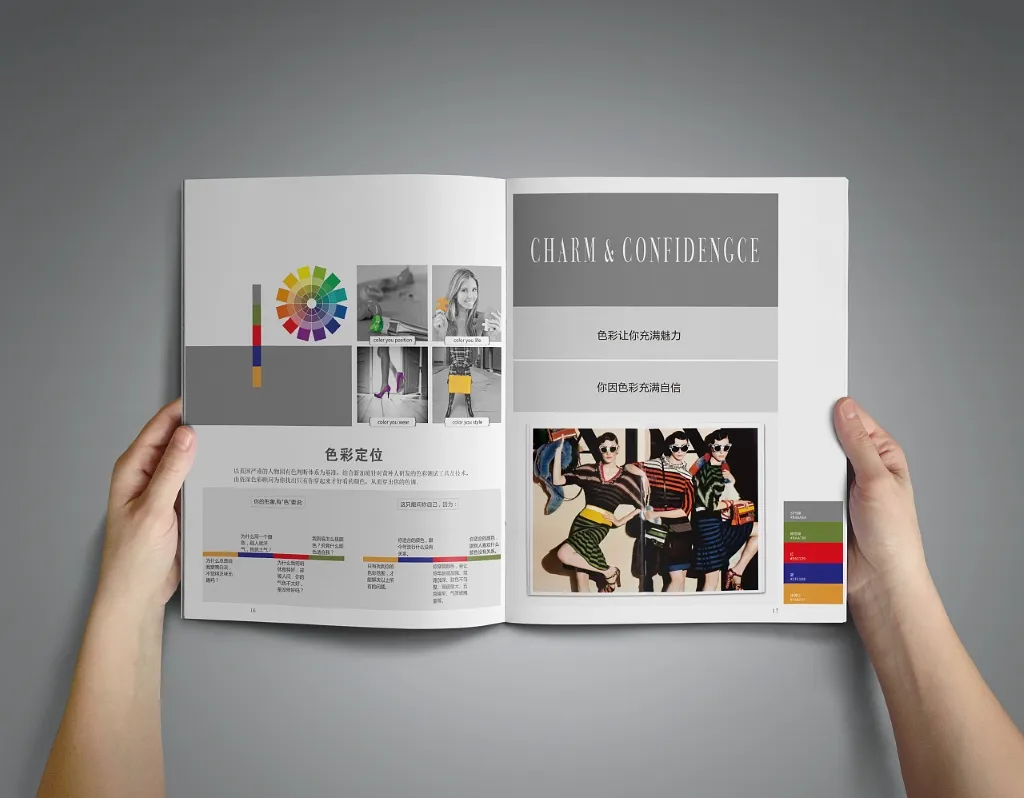
Flyers, leaflets, and other promotional materials are often saddle-stitched for easy distribution and cost-efficiency, which is particularly important in large-scale marketing campaigns.
Corporate Reports and Booklets
For annual reports, marketing brochures, and informational booklets, saddle stitching offers a professional and neat finish, crucial for making a positive impression.
These common uses showcase the versatility of Saddle Stitch Binding services, making it a go-to option for various book printing needs.
Troubleshooting Common Issues
While Saddle Stitch Binding is reliable, specific issues can arise during binding. Whether working with a professional book printing service or doing it yourself, being aware of these common problems and their solutions can ensure a smoother experience.
Page Alignment
- Issue: Pages not aligning correctly.
- Solution: Double-check alignment before binding. Use clamps during the DIY process to hold pages in place.
Creep
- Issue: Inner pages protrude more than the outer pages in thicker booklets.
- Solution: Adjust the layout to account for creep or trim the edges post-binding for a neat finish.
Staple Issues
- Issue: Staples must be clinching properly, or pages are coming loose.
- Solution: Ensure the use of the correct size and type of staples. For DIY, a staple gun with appropriate pressure is essential.
Print Quality
- Issue: Inconsistent print quality across pages.
- Solution: Regularly calibrate your printer for color consistency. When using book printing services, request a sample to check quality.
Cover Wear
- Issue: Wear and tear on the cover with frequent use.
- Solution: Opt for a heavier cover material and consider protective finishes like lamination.
By anticipating and addressing these issues, you can achieve a high-quality finished product, whether using a book printing Manufacturer or managing the project independently.
Cost Factors and Budgeting
Understanding the cost factors involved in Saddle Stitch Binding is crucial for budgeting, whether you are a self-publisher, a small business, or needing large-scale printing services. As a reputable book printing Manufacturer, we aim to provide transparency in our pricing to help our clients make informed decisions.
Material Costs
- The choice of paper type, cover material, and ink influences the cost. Higher quality materials will increase the price.
Printing Volume
- Larger print runs typically reduce the cost per unit, making high-volume orders more budget-friendly.
Binding Complexity
- Customizations like unique paper sizes, specialty inks, or additional finishing processes can add to the cost.
Design and Pre-Press Costs
- Professional design services, if required, and pre-press preparations are also factored into the budget.
To manage costs effectively:
- Plan Ahead: Detailed planning can help avoid last-minute changes, often incurring additional costs.
- Balance Quality with Budget: Determine what aspects of the printing and binding are most essential and allocate your budget accordingly.
- Seek Professional Advice: Consult with your book printing services provider to understand cost-saving options without compromising quality.
By carefully considering these cost factors, you can budget more effectively for your Saddle Stitch Binding project, ensuring a balance between quality and affordability.
More Bookbinding Tips- Exploring Various Bookbinding Techniques: A Comprehensive Guide
Conclusion
In conclusion, Saddle Stitch Binding offers a versatile, cost-effective, and aesthetically pleasing solution for various printing needs. From DIY projects to professional book printing services, this method provides flexibility and durability, making it ideal for magazines, catalogs, corporate reports, and more. With the ability to customize materials, sizes, and finishes, Saddle Stitch Binding meets various demands, ensuring each project is as unique as its content.
As a leading book printing Manufacturer, we pride ourselves on delivering high-quality Saddle Stitch Binding services that cater to the specific needs of our clients. Understanding the nuances of this binding method, from design considerations to troubleshooting common issues, enables us to provide superior products that exceed expectations.
Whether embarking on a DIY binding project or seeking professional book printing services, the world of Saddle Stitch Binding opens up a realm of possibilities, ensuring your publications are printed and impressively presented.
Call to Action
Are you looking for professional Saddle Stitch Binding services for your next project? Or do you need guidance on materials and design for your DIY endeavor? Contact us today! As your dedicated book printing Manufacturer, we are here to help bring your vision to life with our expertise and top-notch services. Visit our website for more information, and let us assist you in creating publications that genuinely stand out.

